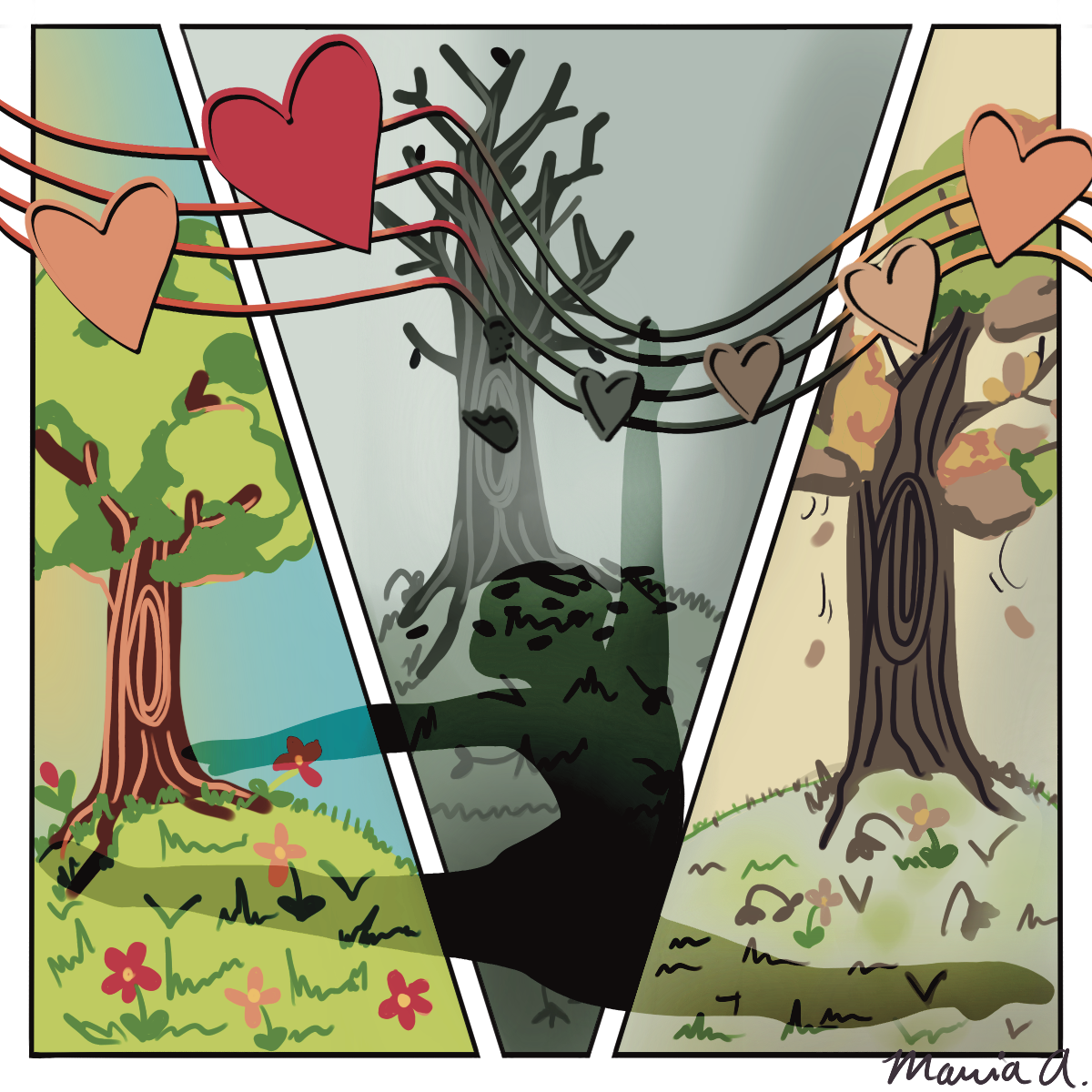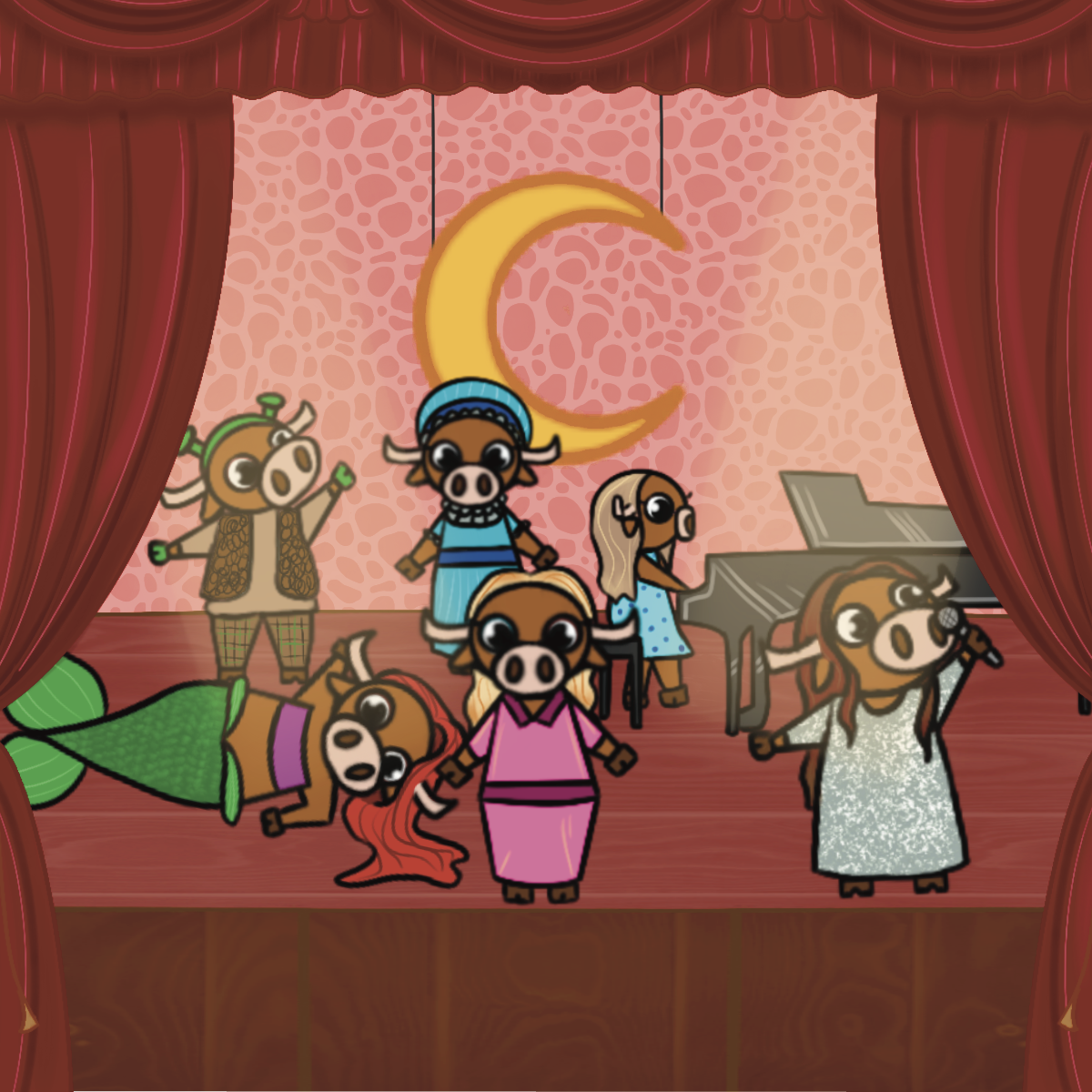The rise of social media platforms puts fashion at the world’s fingertips, but as styles go in and out, they’re often embraced before consumers ever process their implications.
Recent trends such as pompom drop earrings and Huipil-inspired clothing are having a moment, especially here on campus.
Maria Fernanda Palomares Carranco, a Mexican American and Latino/a studies senior, said she’s seen huipiles culturally appropriated here on campus.
“I’ve seen, here at UT-Austin, stores in West Campus that utilize flower patterns, like indigenous blouses, put in UT colors,” Carranco said.
Luis Urrieta, a cultural studies professor at the Center for Mexican American Studies and a faculty affiliate at the Native American & Indigenous Studies program, compared appropriation to intellectual property violations.
“Appropriation is a form of theft,” Urrieta said. “It is a nice way of saying that someone is taking someone else’s (idea) and making it their own.”
Urrieta said a consumer appropriates other cultures when they ignore the product’s place in a larger social narrative.
“In the process of taking, the taker ignores the significance, meaning, or his-, her- or they-story of the cultural items,” Urrieta said. “The taker also does not credit the source in any significant or meaningful way.”
Rachel V. Gonzalez-Martin, an assistant professor in the Mexican American and Latino/a Studies department, said there is a difference between appreciation and appropriation.
“Appropriation and appreciation are contextual — meaning you need to understand people and their motivations and personal histories before you can judge,” Gonzalez-Martin said. “Appropriation is cultural poaching. Appreciation is an observational practice, that understands (the art is) built by living communities.”
Urrieta said this pattern of appropriation is not without consequence.
“There are many economic, social and symbolic repercussions,” Urrieta said. “The first is obviously the theft of intellectual property, the theft of communal knowledge … Socially, it reduces native and indigenous peoples to ‘artifacts’ that can be worn, used, consumed and displayed.”
Carranco said the social repercussions caused by the disparity between the appropriator and the appropriated are closer to home than most would think.
“Only (a white woman) can wear these and be seen as looking presentable,” Carranco said. “Because if an indigenous woman wears those, she’s not seen
as presentable.”
UT alumna Marcia Lucas owns El Interior, a store selling handcrafted folk art. Lucas spent a large part of her career living and working with artists, eventually starting El Interior, directly supporting the folk creators’ sustainable lifestyle.
Lucas identified the cultural inspiration of the pompom earrings as coming from Chiapas, being made originally by the Mayans. Lucas said she is also familiar with huipiles, which she sells in her store.
“I buy traditional huipiles that indigenous women have woven for themselves and wear, representing their village,” Lucas said. “The huipiles used to always represent the village where a woman was from.”
Making a point to conduct business fairly with her creators, Lucas works with them directly and accredits them in an effort to support the folk art she appreciates so deeply. She does so by meeting them on their turf, traveling anywhere from Mexico to Guatemala and building relationships with the craftsmen, cutting the middleman to make room for fair trade.
Lucas has a stake in the lives of the artists she works with, personally and professionally, and cares about the integrity original craftsmanship adds to their folk art. She said appropriated mass production of a culture’s original designs often takes away their significance.
“Mass production takes the soul out of it,” Lucas said. “When something is handmade, there is a life force — there’s something about the lifestyle that the piece carries with it.”















